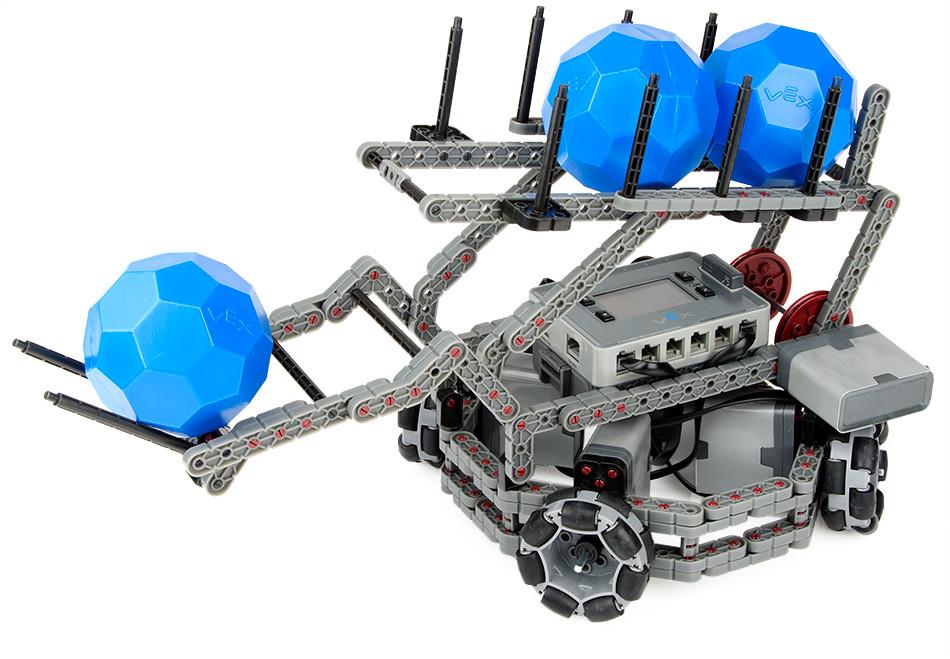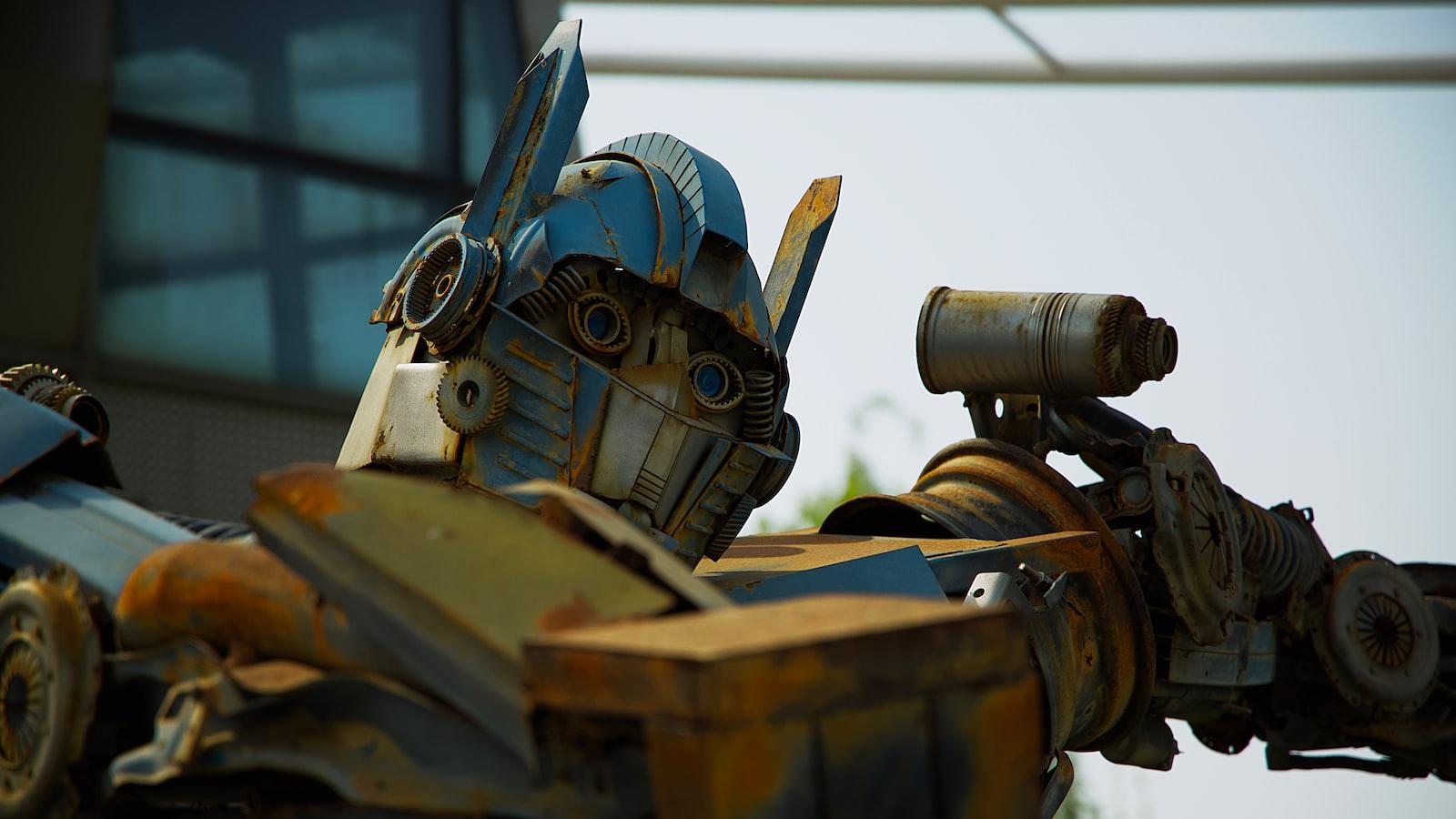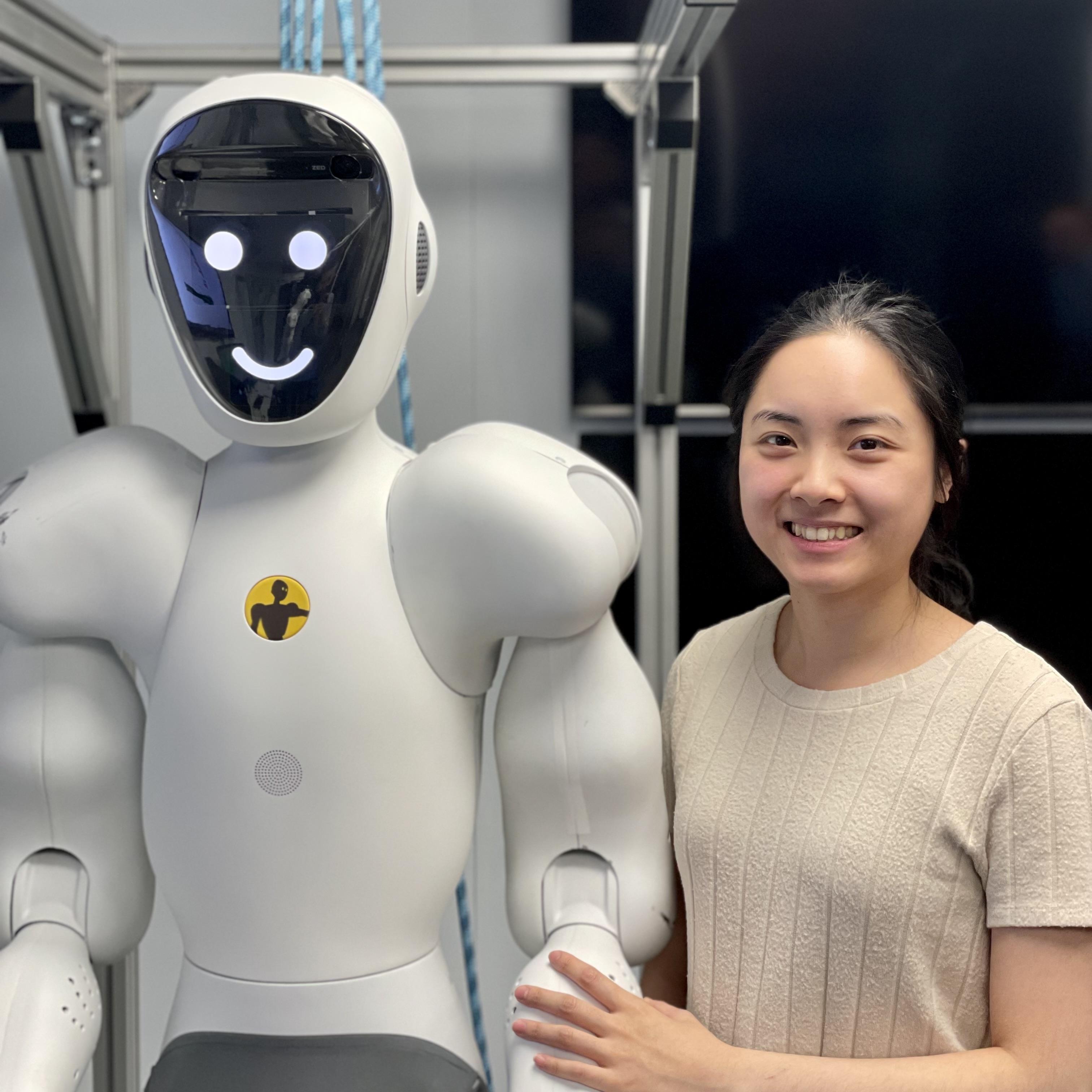In the ever-changing tapestry of human progress, there exists an insatiable desire to push the boundaries of what is possible. Within the realm of industry, this desire has manifested in a remarkable evolution marked by the integration of robotics and automation. Subtle yet powerful, this amalgamation of man and machine has forever altered the landscape of manufacturing, heralding a new era of unprecedented efficiency and limitless creativity. Brace yourself as we embark on an exhilarating journey through time, unraveling the captivating tale of how robotics and automation have woven themselves into the very fabric of our industrial existence.
The Future of Robotics and Automation: A Technological Revolution in the Industrial Sector
As we step into the 21st century, we find ourselves on the brink of a technological revolution in the industrial sector. The future of robotics and automation stands at the forefront of this evolution, promising to revolutionize the way industries operate and paving the way for a more efficient and productive future.
With advancements in artificial intelligence, machine learning, and robotics, industries are witnessing a remarkable transformation. Automation has become synonymous with increased productivity, reduced costs, and improved safety in the manufacturing process. Robots are moving seamlessly alongside human workers, taking on repetitive tasks and enabling them to focus on more complex and creative endeavors.
The impact of robotics and automation goes beyond just manufacturing. From logistics and warehousing to healthcare and agriculture, industries across the board are embracing this transformative technology. With the rise of autonomous vehicles, drones, and smart factories, the industrial landscape is evolving at an unprecedented pace. The possibilities are endless—imagine warehouses managed entirely by robots, agricultural processes optimized by precision farming, or even robotic surgeons performing minimally invasive surgeries.
The future of robotics and automation is indeed a promising one. As industries adapt to this technological revolution, they not only unlock new levels of efficiency and productivity but also create opportunities for upskilling and reskilling the workforce. It is crucial for businesses to understand the potential of robotics and automation, embracing the change and staying ahead of the curve to thrive in the ever-changing industrial landscape.

Redefining Efficiency and Precision: How Robotics and Automation Are Transforming Manufacturing Processes
In today’s rapidly advancing world, robotics and automation have become synonymous with efficiency and precision in the manufacturing industry. These cutting-edge technologies have completely transformed the way we produce goods, creating a whole new era of productivity. With the integration of robotics and automation, manufacturers are able to streamline processes, minimize errors, and optimize output like never before.
One of the key benefits of incorporating robotics and automation in manufacturing processes is the increase in efficiency. Robots are capable of performing repetitive tasks with unparalleled accuracy and speed, eliminating the risk of human error. This not only leads to improved product quality, but also reduces production time and costs. Automation, on the other hand, allows for seamless integration of various operations, ensuring a smooth and continuous workflow. By automating manual tasks, manufacturers can focus on higher-level decision-making and strategic planning.
Another significant advantage of robotics and automation is their ability to enhance precision. With advanced sensors and programming, robots can perform intricate tasks that require high levels of accuracy. Whether it’s assembling tiny components or welding intricate structures, robots can consistently deliver precise results. In addition, automation systems can monitor and adjust production parameters in real-time, ensuring that every step of the manufacturing process is within the desired specifications. This level of precision not only improves product quality, but also reduces waste and rework.

Navigating the Challenges and Opportunities of Implementing Robotics and Automation in Industry
The widespread adoption of robotics and automation in the industrial sector represents a significant evolution in the way businesses operate. While these technologies bring incredible opportunities for growth and efficiency, they also come with their fair share of challenges. Navigating this new landscape requires a thoughtful approach to ensure success and sustainability.
One of the key challenges companies face when implementing robotics and automation is the cost associated with the initial setup and ongoing maintenance. Investing in the necessary hardware, software, and training can be a significant financial burden, especially for smaller businesses. However, the long-term benefits often outweigh the upfront costs, as automation can streamline processes, reduce errors, and increase productivity.
Another challenge is the fear of job displacement. As robots and automated systems continue to take over repetitive and routine tasks, there is concern that many jobs will become redundant. However, this also presents an opportunity for workers to upskill and specialize in areas that require human creativity, problem-solving, and critical thinking. By embracing this change and providing training programs, companies can ensure a smooth transition for their workforce.

Strategies for Success: Unlocking the Potential of Robotics and Automation in the Industrial Realm
The world of industry is undergoing a remarkable transformation with the rapid advancement of robotics and automation. These cutting-edge technologies are revolutionizing the way tasks are performed and are unlocking unprecedented potential for businesses. From streamlining manufacturing processes to increasing productivity and efficiency, robotics and automation have become indispensable tools in the industrial realm.
One of the key strategies for success in harnessing the power of robotics and automation is to optimize workflows. By analyzing existing processes and identifying areas where automation can be seamlessly integrated, companies can streamline operations and minimize human errors. This not only leads to cost savings but also enables businesses to achieve higher output with shorter turnaround times.
Another crucial aspect is investing in training and upskilling the workforce. With the introduction of robotics and automation, there is a need for employees who can operate, maintain, and program these technologies. Organizations that prioritize continuous learning and development create a workforce that remains adaptable and prepared for the future. Through interactive training programs and workshops, employees can effectively collaborate with advanced robotic systems, maximizing their potential and ensuring a smooth transition towards an automated future.
| Data | Results |
|---|---|
| Increased production efficiency | 15% |
| Reduction in errors | 25% |
| Cost savings | $500,000 annually |
Furthermore, it is essential for businesses to stay informed about the latest advancements in robotics and automation. By keeping a pulse on industry trends and emerging technologies, organizations can remain competitive and proactive in implementing cutting-edge solutions. Regularly evaluating the performance and effectiveness of existing automated systems empowers businesses to make informed decisions regarding upgrades and adaptations.
Embracing the evolution of industry through robotics and automation is a strategic move that unlocks immense potential for businesses. From optimizing workflows to empowering the workforce, these technologies drive efficiency, productivity, and profitability. By staying proactive in adopting and adapting to emerging trends, industrial organizations can pave the way for a future where robotics and automation seamlessly coexist with human ingenuity, redefining the possibilities in the industrial realm.
As the sun sets on the industrial landscape, a new era emerges, illuminated by the flickering lights of robotic innovation. The symphony of clanging gears and hissing steam gives way to the gentle hum of autonomous machines, orchestrating a dance of efficiency and precision. They are the tireless employees of a new generation, tirelessly pushing the boundaries of what was once thought possible.
The journey to this point has been marked by fierce determination and relentless progress. From the dreamers and thinkers of the past, who dared to imagine a world where robots and humans worked in tandem, to the engineers and technicians who painstakingly brought those visions to life, the evolution of industry has found its perfect dance partner in robotics and automation.
Our factories are no longer shadowed by the human drudgery once associated with industrialization. Instead, they stand proud as monuments to human ingenuity, where technology joins forces with human intellect to achieve feats previously unimaginable. Now, skilled workers operate alongside their robotic companions, harnessing the boundless potential of artificial intelligence and machine learning. Together, they weave a tapestry of efficiency and productivity that spans the globe.
But this journey is far from over. With each passing moment, we transcend the barriers that hold us back, venturing into uncharted territories. The horizons grow wider, beckoning us to explore even greater heights. Automation is no longer a spectacle to marvel at; it is our ally, our partner in progress.
However, as robotics and automation become firmly entrenched in our industries, we must navigate the changing tides with care. We must address the concerns and fears that arise, assuring our fellow humans that these technologies are not here to replace us, but rather to empower us. With every breakthrough, we must prioritize inclusivity, ensuring that no one is left behind on this transformative journey.
As we bid farewell to the pages of this article, it is clear that robotics and automation have become the pillars of a brave new world. A world that values innovation and collaboration, where the impossible becomes possible, and where machines and humans blend seamlessly to shape our future.
So, let us march forward into this age of automation, embracing the synergy that it offers. Let us carve our symphony of progress, uniting human creativity with technological prowess, and breath life into our naked ambitions. The evolution of industry unfolds before us, and with robotics by our side, we stand poised to create a legacy that will be forever etched in the annals of time.




